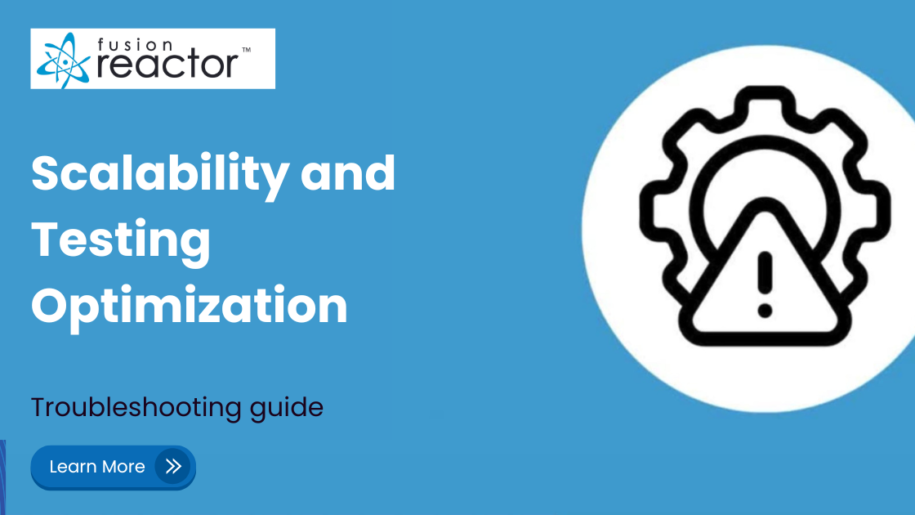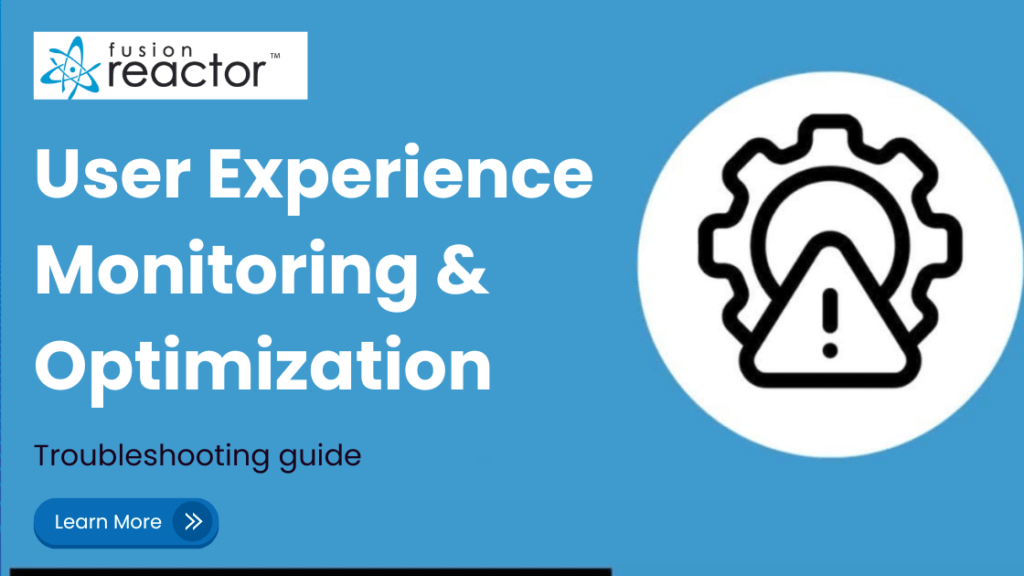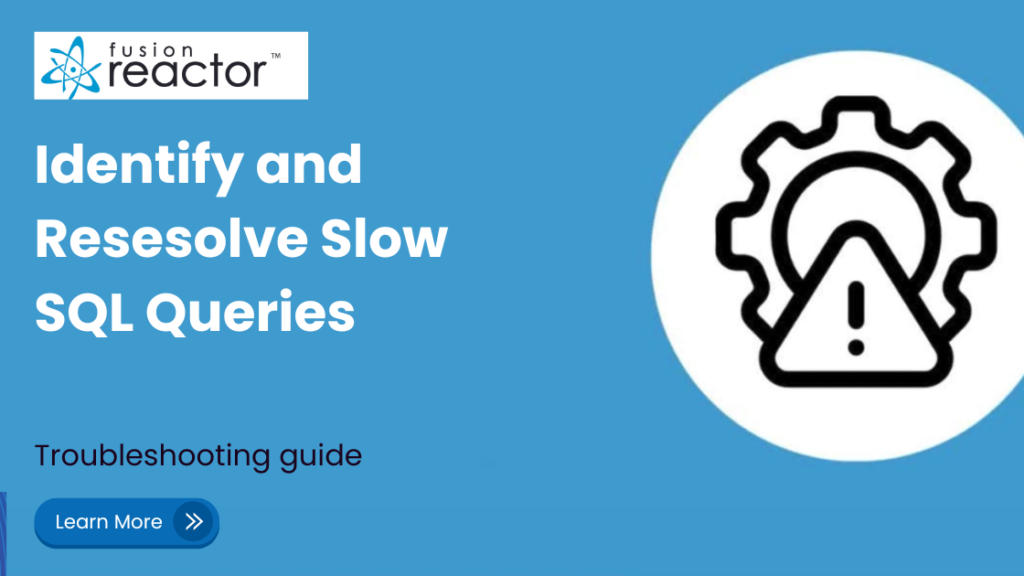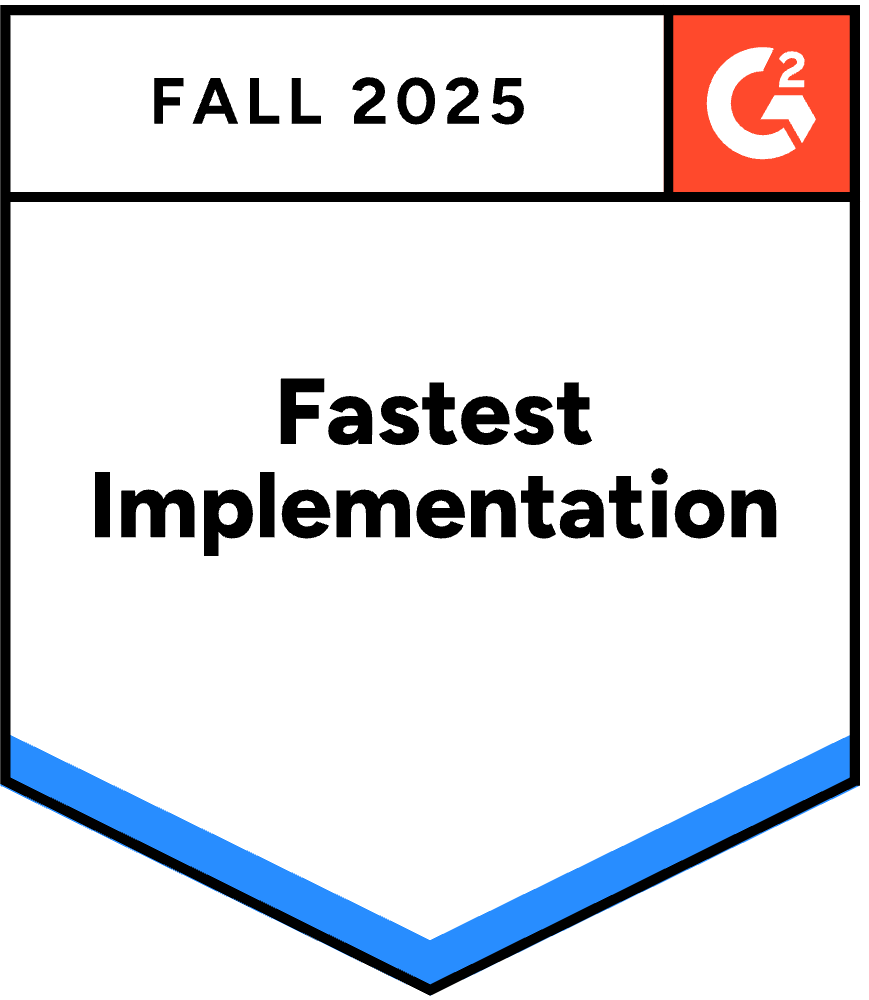Why Scalability Matters
Scalability isn’t just about handling more users—it’s about maintaining performance and reliability as demand grows. Whether you’re experiencing a sudden surge in traffic from a new customer or following a recent release, your application needs to respond smoothly without degrading the user experience.
Monitoring Different Load Levels
When traffic spikes unexpectedly, applications that seem to run perfectly under normal conditions can suddenly frustrate users with slow response times. FusionReactor enables you to observe critical performance metrics, including:
- CPU usage
- Memory consumption
- Response times
- Request throughput
- Error rates
By monitoring these metrics as the load increases, you can see exactly how your system responds under normal, peak, and extreme conditions. This visibility is essential for understanding your application’s performance profile and identifying potential issues before they impact users.
Identifying Scalability Limits and Bottlenecks
Once you’ve gathered performance data under various load conditions, the next step is analyzing it to pinpoint specific bottlenecks. FusionReactor’s comprehensive monitoring capabilities allow you to examine:
- Request latency changes as load increases
- Error rate patterns during peak usage
- Overall throughput limits
- Resource constraints (CPU, memory, connections)
- Thread pool utilization and exhaustion
FusionReactor’s tracing capabilities make this analysis even more profound by allowing you to follow individual requests through your system. This granular visibility will enable you to identify specific slow services, inefficient queries, or struggling API calls contributing to performance degradation under load.
Optimizing for Higher Traffic Volumes
With bottlenecks identified, you can implement targeted optimizations. Depending on what you’ve discovered, effective strategies might include:
- Scaling horizontally by distributing the load across multiple servers
- Scaling vertically by adding more resources to existing servers
- Optimizing database queries that become problematic under load
- Implementing caching strategies to reduce repeated processing
- Adjusting connection pooling parameters for better resource utilization
- Setting up auto-scaling policies to dynamically adjust resources based on demand
The specific optimizations needed will depend on your unique environment and the particular issues uncovered during testing.
Validating Improvements
After implementing optimizations, it’s essential to validate their effectiveness by:
- Rerunning scalability tests under similar load conditions
- Comparing performance metrics before and after changes
- Looking for measurable improvements in:
- Response times
- Throughput capacity
- Resource utilization stability
- Error rates
This validation process confirms whether your optimizations have successfully addressed the identified bottlenecks.
Ensuring Ongoing Performance
To maintain optimal performance over time, FusionReactor offers several proactive monitoring capabilities:
- Real-time alerts through the on-premise crash protection feature
- Cloud metric alerting to catch early signs of performance degradation
- Advanced anomaly detection powered by machine learning algorithms
These tools enable you to identify and address potential issues before they impact users, maintaining a consistently excellent user experience even as your application grows.
Conclusion
Scalability testing and optimization should be viewed as an ongoing process rather than a one-time effort. By leveraging FusionReactor’s comprehensive monitoring and analysis capabilities, you can:
- Gain deep insights into application performance under varying loads
- Identify specific bottlenecks limiting scalability
- Implement targeted optimizations
- Validate improvements with data-driven metrics
- Maintain proactive vigilance through automated alerting and anomaly detection
With these practices in place, your application will be well-positioned to handle traffic surges and grow alongside your business, delivering consistent performance and reliability to your users regardless of demand.














